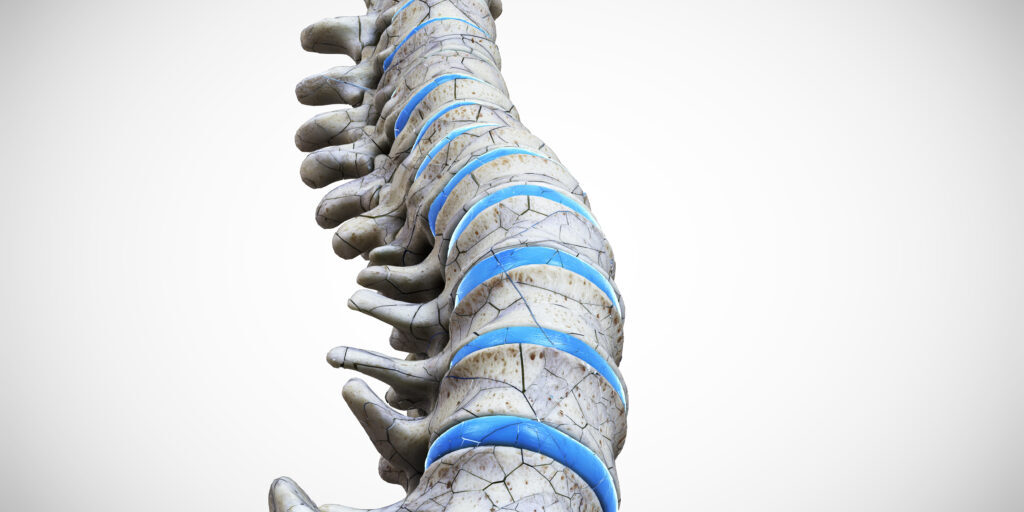We – the Asia Pacific Fragility Fracture Alliance (APFFA ) – recently launched our APFFA YouTube channel, coinciding with, and supporting the launch of, our APFFA-FFN Hip Fracture Registry (HFR) Toolbox. The APFFA YouTube channel houses a series of educational videos featuring interviews with leading clinicians experienced in establishing national hip fracture registries, reflecting on important considerations for each of the seven key steps involved in establishing a hip fracture registry.
This blog summarises an interview published on our APFFA YouTube channel on June 11, 2021, between Adjunct Associate Professor Paul Mitchell, APFFA Project Manager, New Zealand, and Professor Ian Harris AM, Professor of Orthopaedic Surgery, University of New South Wales (UNSW) and Co-Chair of the Australian and New Zealand Hip Fracture Registry (ANZHFR), Australia.
The ANZHFR is a clinical registry that collects data on both the care, and the outcomes of care provided to older Australians and New Zealanders who have been admitted to hospital with a fracture of the proximal femur. In the interview, Prof Harris discusses how the ANZHFR Steering Group initiated and facilitated buy-in from a range of stakeholders, including national professional organisations, government and non-governmental organisations (NGO’s).
“Initially we identified every professional society representing all aspects of hip fracture care, from emergency medicine, nursing, physiotherapists, anaesthetists, and rehabilitation specialists to geriatricians and orthopaedic surgeons. We also approached consumer organisations, such as Healthy Bones Australia (formerly Osteoporosis Australia), and other similar bodies,” said Prof Harris.
While establishing the ANZHFR, Prof Harris explains that they originally asked these organisations for funding, to secure a literal buy-in of the idea behind the registry. The ANZHFR Steering Committee next developed and implemented an ‘Intention to Collaborate’ agreement, providing the professional organisations with a document they could sign that officially recognised their involvement in the registry, while costing them very little.
“The only reason we achieved buy-in in the early days was because a hip fracture registry was considered vital, right from the start,” Prof Harris said.
In 2016, the ANZHFR released their first annual report showcasing the results from their first patient-level audit. In the interview, Prof Harris reflects on the impact of releasing that report on broadening and increasing stakeholder engagement. The annual report was co-launched with the Australian Commission on Safety and Quality in Health Care, following release of the ‘Australian Commission on Safety and Quality in Health Care Hip Fracture Care Clinical Standard’.
“Even though our annual report was made available online, we also held an official launch event to raise the profile of the ANZHFR in the media, and among stakeholders.
“Having a published, professionally prepared report makes it a lot easier when you are reaching out to stakeholders, especially when you’re claiming a mandate, because it provides you with ‘runs on the board’ and legitimacy,” said Prof Harris.
“We have lost no stakeholder engagement since the launch of our first annual report. Instead, our stakeholder engagement has only broadened.”
In Australia, the ANZHFR has received some funding from both Commonwealth and State governments. In the interview, Adj. A/Prof Mitchell asks Prof Harris for his top tips on engaging with government stakeholders when establishing a hip fracture registry.
Prof Harris shared the following tips for engaging with government stakeholders:
- Ask for face-to-face meetings with government stakeholders, and secure as much face-to-face time with them as possible;
- Be able to demonstrate legitimacy through reports, and having many hospitals onboard who can collate and produce data; and
- Have a solid plan in place from the outset. When the ANZHFR was established, they had a plan to produce evidence-based guidelines, and invested substantial effort to ensure they were endorsed by the National Health and Medical Research Council (NHMRC) – the highest level of guideline endorsement available in Australia.
“We were able to work with the Commission on Safety and Quality in Health Care, and the equivalent commission in New Zealand, to generate care standards and quality indicators. The good thing about working with them to develop these quality indicators is that they are the very indicators we include in the registry, and what we measure performance against. The whole process was done very hand-in-glove,” Prof Harris said.
“When the Commission on Safety and Quality in Health Care produced a Framework for Clinical Quality Registries and were looking for a registry to try out this Framework, ANZHFR volunteered, and were selected to be the first registry.”
In conclusion, Prof Harris explained that all of these activities combined reinforced constructive engagement with multiple stakeholders, including government, which is fundamental to influencing other stakeholders and eventually, securing funding.
APFFA hopes the HFR Toolbox, and supporting videos, will arm our colleagues throughout Asia Pacific, and the rest of the world, with the necessary inspiration, knowledge and guidance on how to successfully establish a national hip fracture registry in their respective countries.
To learn more about, and to download the Hip Fracture Registry Toolbox, head to www.apfracturealliance.org/HFR-toolbox/





